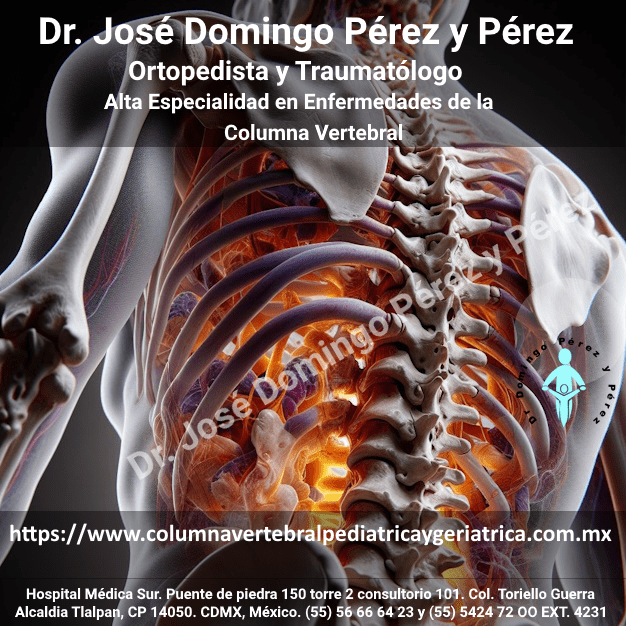El papel de la cifoplastia y los implantes intravertebrales expandibles en el tratamiento agudo de las fracturas traumáticas por compresión vertebral toracolumbar: una revisión sistemática
@EFORTnet
The role of kyphoplasty and expandable intravertebral implants in the acute treatment of traumatic thoracolumbar vertebral compression fractures: a systematic review in: EFORT Open Reviews Volume 9 Issue 4 (2024) (bioscientifica.com)
Estudio #OpenReviews para evaluar el papel de la #cifoplastia y los #implantes #intravertebrales expandibles en el tratamiento de las #fracturas por compresión vertebral #traumática #columna vertebral #traumacirugía #ortopedia #ortopedia #cirugía #openaccess #openaccessjournal.
#OpenReviews study to assess the role of #kyphoplasty and expandable #intravertebral #implants in the treatment of #traumatic vertebral compression #fractures #spine #traumasurgery #orthopedics #orthopaedics #surgery #openaccess #openaccessjournal
El tratamiento de las
fracturas de la columna toracolumbar, concretamente las fracturas por
compresión, ha sufrido un importante desarrollo en los últimos 30 años,
con un cambio considerable de técnicas, indicaciones e implantes
quirúrgicos. El objetivo sigue siendo reducir la deformidad de la
fractura, obtener la estabilización del segmento y mantener la reducción
a largo plazo, con la menor agresión quirúrgica posible, recurriendo
además a un número mínimo de niveles fusionados. La carga quirúrgica y
la morbilidad de los abordajes anteriores utilizados para la corpectomía
y el reemplazo del cuerpo vertebral (Fig. 1), aunque muestran buenos
resultados clínicos y de imagen, han llevado a una tendencia excesiva a
tratar las fracturas por compresión vertebral simplemente mediante
instrumentación pedicular posterior. Esta última es actualmente la
técnica quirúrgica más común, aumentando muchas veces el número de
niveles fijos (1, 2, 3, 4, 5, 6). A pesar de los resultados clínicos
generales adecuados después de la fijación de los tornillos pediculares
del puente nivelado adyacente (Fig. 2A) en relación con el tratamiento
de las fracturas vertebrales, a veces hay pérdida de la altura del
cuerpo vertebral, falla de la instrumentación y cifosis segmentaria
local y postraumática, lo que lleva a alteraciones funcionales y
clínicas. consecuencias (7, 8, 9, 10, 11, 12, 13, 14, 15, 16, 17, 18,
19).
El objetivo del estudio
fue evaluar el papel de la cifoplastia y los implantes intravertebrales
expandibles en el tratamiento de las fracturas vertebrales traumáticas
por compresión.

Moura DL. The role of kyphoplasty and expandable intravertebral implants in the acute treatment of traumatic thoracolumbar vertebral compression fractures: a systematic review. EFORT Open Rev. 2024 Apr 4;9(4):309-322. doi: 10.1530/EOR-23-0190. PMID: 38579781; PMCID: PMC11044091.

This work is licensed under a Creative Commons Attribution-NonCommercial 4.0 International License.








